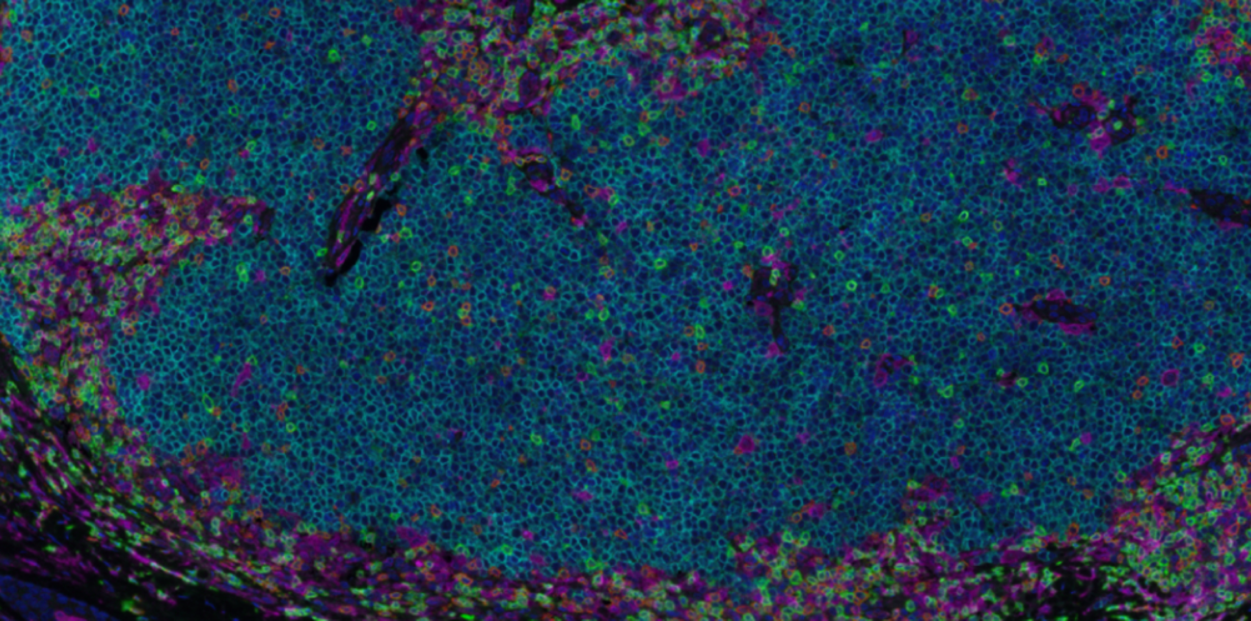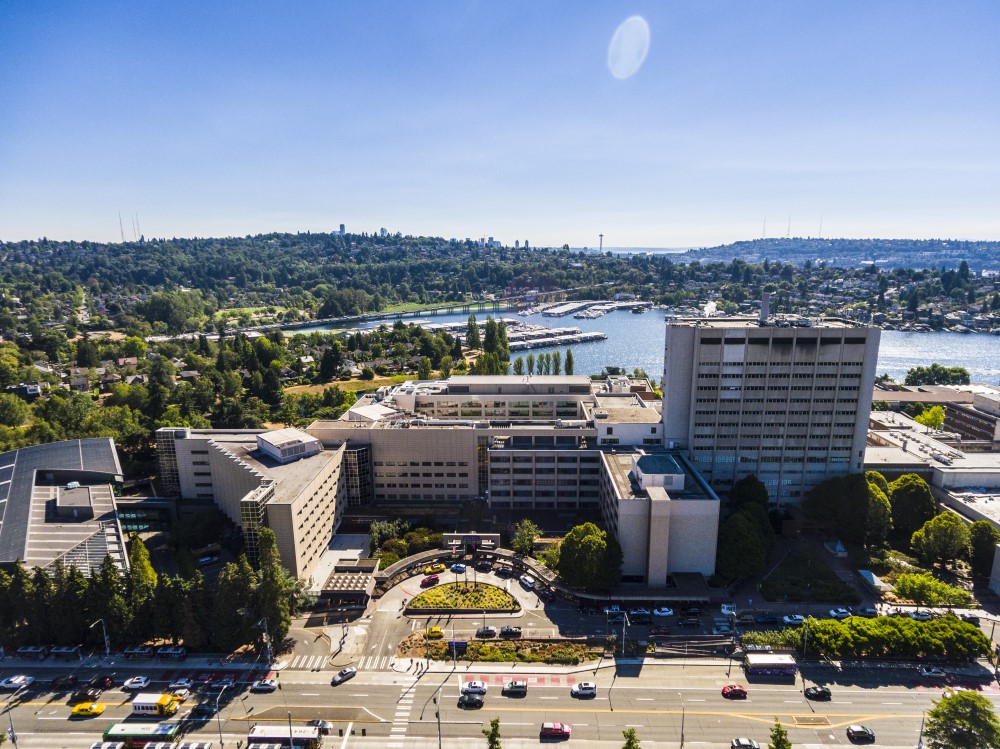“Seattle’s Virus Success Shows What Could Have Been”
While Seattle was one of the first cities hit hard by the coronavirus, it’s response over the last year has yielded the lowest death rate of the 20 largest metropolitan regions in the country.
As documented in the recent New York Times article “Seattle’s Virus Success Shows What Could Have Been”, a number of regional factors and policy decisions contributed to Seattle’s relative success battling COVID-19.
Brief timeline of early COVID-19 milestones in Washington
FEBRUARY 29, 2020
The first COVID-19 death in the United States was reported on due to the coronavirus outbreak at a Kirkland, Wa nursing home.
EARLY MARCH, 2020
Large businesses throughout the Seattle area encouraged employees to work from home
MARCH 11, 2020
The World Health Organization declares COVID-19 a pandemic. State and local health orders prohibit gatherings of 250+
MARCH 13, 2020
Governor orders closure of schools
MARCH 23, 2020
Governor announces Stay Home, Stay Healthy order, which prohibits non-essential businesses and activities for all Washingtonians.
Early Lessons Learned
The article describes several key lessons learned from the early moves in Seattle’s pandemic response that shaped the trajectory for the city throughout the following year.
As the first outbreak in the US occurred in the Seattle area, many residents began social distancing measures weeks before other large cities due to the knowledge of the virus’s presence in the area. Relatively early remote work shifts by employers such as Amazon, Microsoft and the University of Washington kept employees home while residents in other states continued business as usual.
Case studies have estimated that New York could have cut its spring death toll by more than half had it adopted widespread social distancing a week or two earlier, a scenario that was playing out in Seattle up to 3 weeks before many other major cities.
Persistence Prevails
Washington’s case rate also benefitted from cohesive messaging and strict lockdown orders in place statewide. Seattle maintained some of the most restrictive safety measures of any city early on, and mostly kept restrictions in place through the summer when other locales were opening up. As the country began to see cases creep upward in the late fall, Washington was quick and cohesive in renewing stay at home orders.
If the rest of the United States had kept pace with Seattle, the nation could have avoided more than 300,000 coronavirus deaths.
Characteristics of Washingtonians Prove Beneficial
From the New York Times:
“Public health experts said, Seattle may have benefited from its demographics: a healthy population living in small households and a lot of workers able to do their jobs from home. The city may have also have won more public support for the crackdowns from the shock of experiencing the nation’s first publicized deaths. The high humidity may have helped, scientists say, although the cold weather and gray skies probably did not.
“Researchers said Seattle also profited from its network of research and philanthropic organizations focused on global health, politicians willing to listen to them, businesses that emptied their offices early and residents who repeatedly indicated a willingness to upend their lives to save others. Even as the year wore on, and the region’s case numbers were among the lowest in the nation, a survey found that Washington residents were still the most likely to stay home for Thanksgiving.”
External Consequences
Like all other cities in the country, businesses and residents are eager to return to normalcy, as many have been impacted by stay at home restrictions. Job losses, business closures, emotional distress and financial hardship have been experienced by all regions and Seattle and Washington have not been immune.
“We all want to be able to open sooner,” said Rachel Smith, the chief executive of the Seattle Metropolitan Chamber of Commerce, “but we all want to do it when it’s safe.”






